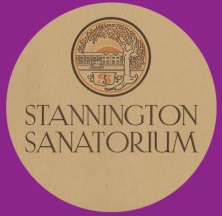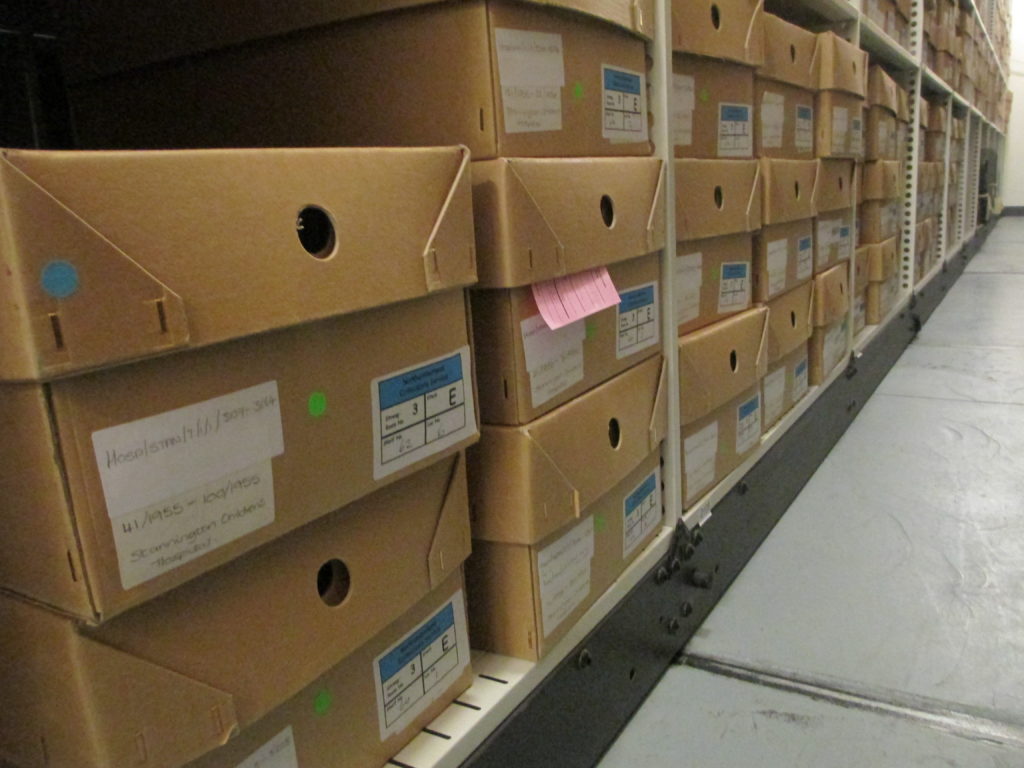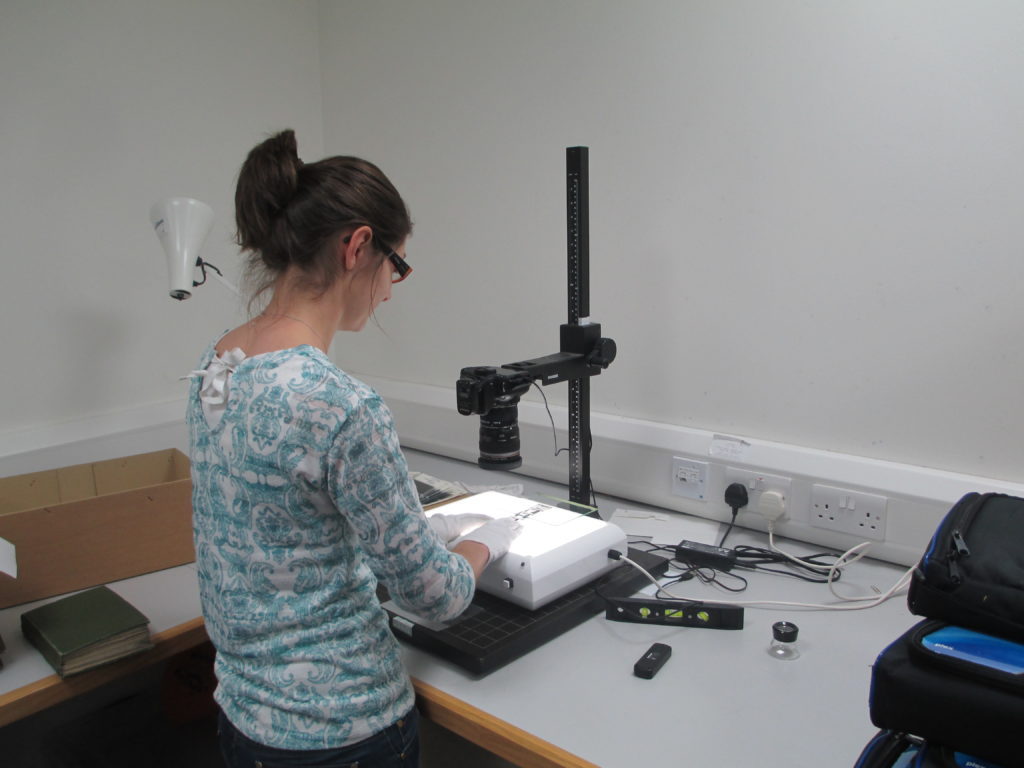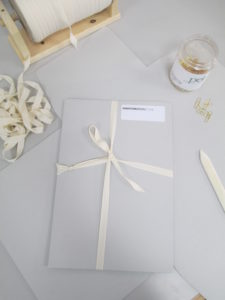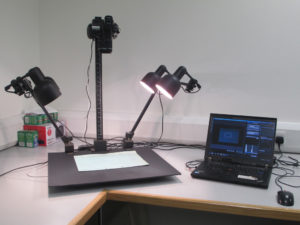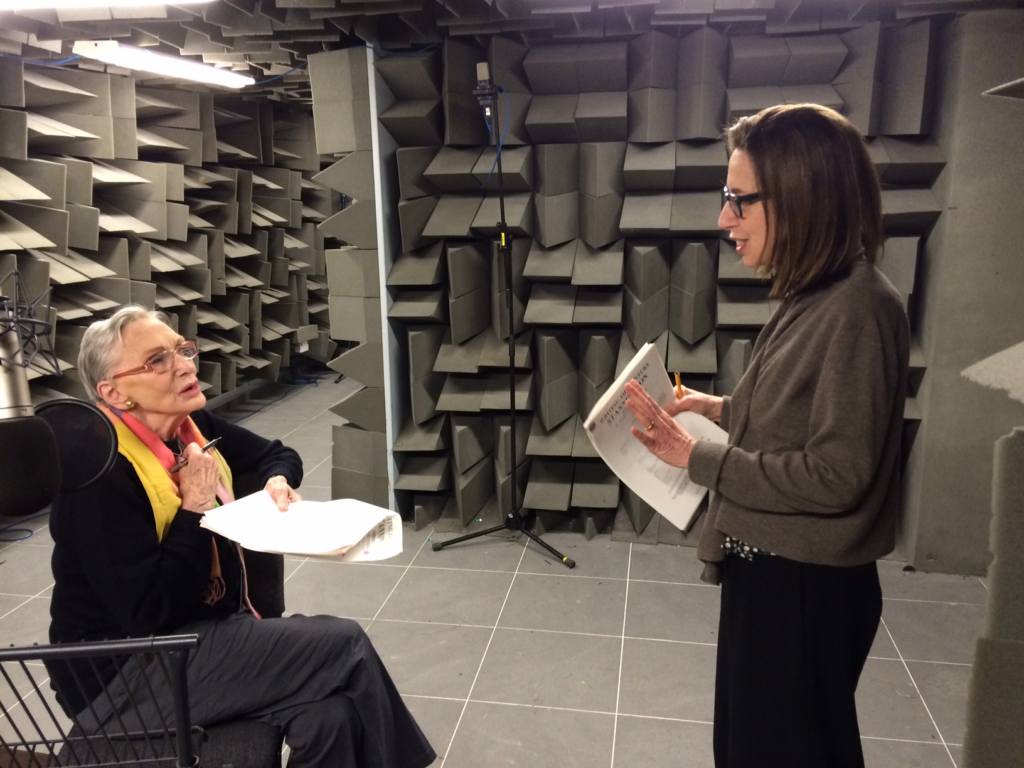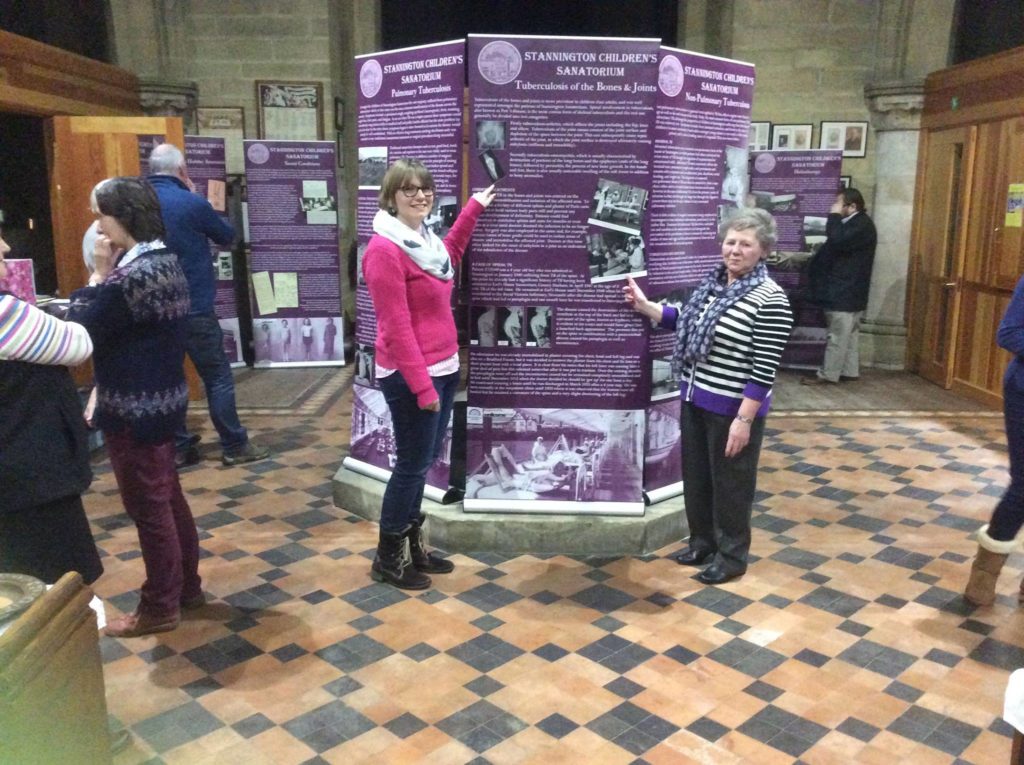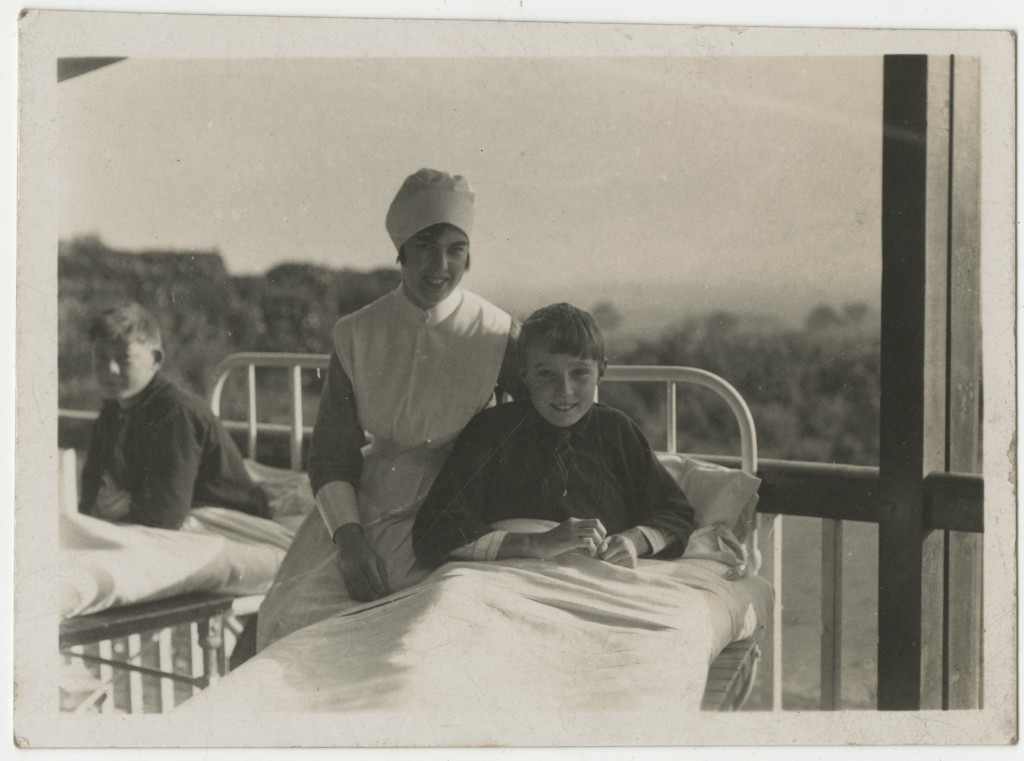BERWICK JOURNAL, 16TH AUGUST, 1923

Saturday, July 21, 1923 – (Tweedmouth Feast Eve) – was “Red Letter Day” for Natives of Berwick-upon-Tweed and District, who reside in Toronto and surrounding neighbourhood of this great Canadian City. It was First Celebration of the “Feast” ever held in British Colonies, and, indeed, in British Isles, except in City of Leeds, where, some years ago, on the initiative of a well known and noted Native of Berwick (Mr J. W. Miller, Chief Overseer of “Yorkshire Post”) Borderers in Yorkshire celebrated the Feast by a successful dinner.
Right well did Borderers in Canada celebrate the feast, on the initiative of Mr Wm Hogg, loyal native of Berwick, and an Ex Capt. of Berwick Cycling Club. Permission having granted from the Civic Authorities of Toronto to hold Tweedmouth feast Picnic at High Park, arrangements were at once made to communicate with local Borderers. Many copies of “Berwick Journal” crossed the Atlantic with a certain letter heavily marked. It was not long before the active and energetic organisers were getting calls on the telephone for all particulars. Mr W. Hogg, er., Mr R. Swan, and Mr Thos. Hogg (late of Ness Street, Berwick), formed themselves into a Committee and things started to hum.
The weather was delightful in Toronto on Tweedmouth Feast Eve, and as it went past a certain section of High Park a huge banner, with Berwick Coat-of-Arms attracted considerable attention. Underneath Berwick Coat-of-Arms was a 2nd banner, on which were wonderful words- “Berwick-on-Tweed District First Annual Picnic; Feast sat., July 21.” (Full article available on request at Berwick Record Office).
BERWICK VISITORS
On visit to Berwick, his Native Town, is Mr Somerville Steven, Schoolmaster, London, son of Mr Wm. Steven, cabinetmaker, Berwick, Mr Steven, who at one time was a Teacher in Berwick Boys’ National School, has been many years in the South, and has done fine work as a Schoolmaster.
We welcome Major Stammas, R. A., Woolwich, on a visit to his Native Town of Berwick. With Mrs Stammas the gallant Officer is staying at Roxburghe Hotel, Spittal. He is son of a distinguished Crimean and Mutiny Veteran, the late Sergt. Major Stammas, R. A., who was so long one of permanent Staff of Berwick Militia in Col. Reed’s day. Major Stammas, who began his soldiering in Berwick Militia, afterwards transferring to R.H.A., has very fine Army record, of which any man may be proud. We wish Major and Mrs Stammas happy time on the Homeland.
Pleased to see on a visit to Berwick this week Mr J. Ganson and his son John. Mr Ganson was Volunteer Instructor at Chirnside from 1905 until Dec. 1908. On leaving Chirnside he was posted to recruiting staff in England. On outbreak of War in 1914 he joined up and served at Berwick Depot from 1914 until 1919, holding the rank of Quarter-Master-sergeant. From Berwick he proceeded to Edinburgh with Major Parkinson on recruiting work, and when Major Parkinson returned to Berwick, he was transferred to Perth, where he now is. His son John attended Berwick Grammar School while his father was stationed at Berwick Depot.
MISS FELICITY ASKEW’S EXHIBITION AT BERWICK
The Exhibition of Drawings and Paintings by Miss Felicity Askew, now on view in Side Room, Corn Exchange, Berwick, is full of interest to lovers of Art. Although the display is small there is enough to show the all-round ability of the Artist. The first impression is that all the drawings are the work of one who is a lover of animals – especially of horses; and if the maxim holds good that we do best that which we love most, then we see the secret of Miss Askew’s success. Most of the subjects depict horses: some are portraits – many are clever drawings of them in motion – some are introduced into her landscapes with much ability and nice feeling. One is rather impressed by her compositions showing race and other horses in motion – particularly such drawings as “The last Furlong, “Across the Flat,” “Ploughing on the Borders,” and Ceaserwitch, 1921,” which are excellent. The Artist shows in all her work a goof knowledge of anatomy, a fine sense of proportion, and workmanlike style in execution of each picture.
We believe Miss Askew’s Art Education was obtained in one or 2 of the Chief Art Centres on the continent, and this is evident in the greater part of the work exhibited. We notice several portrait studies of hunters and other horses. One or two of these are very good, particularly the drawing of “Bute,” the cart horse, executed in direct and easy style; and I is excellent.
Miss Askew is also represented in “Modelling, such as a good bas-relief of a mare’s head; also 2 statutes in bronze of horses, which show the same knowledge and workmanlike style in execution.
There are also some very good studies of dogs, effectively drawn and strong in character, particularly those depicting bull dogs.
The weak part of the display is the lack of colour. Most of the work is etched by the pen, and in some cases slightly tinted, and where backgrounds are washed in show a lack of softness in blending the colours. There are clever etchings of Scotsgate, Berwick, and Berwick Old Bridge, but one perspective drawing of Royal Border Bridge is far astray in proportion. There is a nice pleasing figure study of a lady seated on the elbow of a chair.
The Exhibition is well worth a visit, and we congratulate Miss Askew on her display. It gives us great pleasure to look forward to any further success this talented young lady may attain to in the future.
“Berwickshire News” of this week says-
Exhibition and Sale of Drawings, Paintings and Models, ( work of Miss felicity Askew, niece of County-Ald. David Askew, J.P., of Castle-hills, Berwick), is one in Side-room, Berwick Corn Exchange, and is being visited by many people. There is much to admire in this young lady’s artistic efforts. Castle hills farm prize horse at Berwick Fair Show and procession takes the eye, as does also Binns Mansion, the Home of Sir Jas. and Lady Wilkie Dalyell, formerly of Foulden, Berwick, uncle and aunt of Miss Askew, and whose daughter ( Miss Dalywell) assisted her cousin at the Exhibition. Then there are notable local “bits.” Quite a novel and original study is that of 2 or 3 arches of Royal Border Bridge, at Berwick end: this is a piece of excellent work which provides subject for development.
The sixth annual North Northumberland Tennis Tournament, held under the auspices of Berwick Lawn Tennis Club, opened at Berwick in fine weather and before a good attendance of spectators. Notwithstanding the heavy rain overnight, the courts were in good condition. Though the individual entries are half a dozen short compared with last year, the total number of matches is 593, and increase of 33. There are eleven grass courts available.
MARRIED IN CENTRE OF TWEED
We reproduce certificate of marriage of Jan. 3 1820, which is in possession of Mrs Hartley, 5 West End, Tweedmouth.
(Copy Certificate)
Married January the 3rd, one thousand and eight hundred and twenty.
Married in the centre of the River Tweed opposite Paxton House in a boat fronting the Borders.
This is to certify that John Allan of Tweedmouth, in the Parish of Tweedmouth, in the County of Durham, and Mary Turner of Horncliffe, in the Parish of Norham, in the County of Durham, were this day lawfully married together by me John Forster, before these witnesses as below. Witness John Forster. Witness John Allan. I the aforesaid John Allan and Mary Turner have allowed the above marriage at the aforesaid place the River Tweed opposite Paxton House. Given under my hand. John Allan. Mary Turner.




